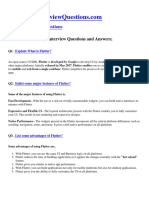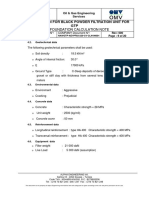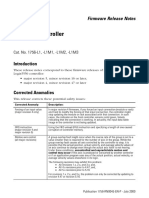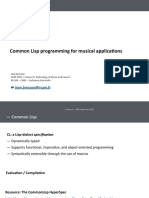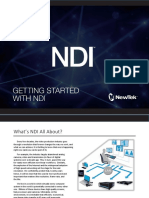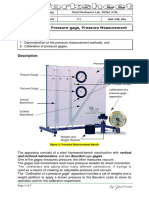0% found this document useful (0 votes)
15 views2 pagesFlutter Developer Interview QA
This document provides a compilation of interview questions and answers related to Flutter development. It covers essential topics such as Flutter's features, the Dart programming language, widget types, state management techniques, and methods for handling user input and navigation. Additionally, it explains concepts like hot reload, FutureBuilder, and testing strategies in Flutter applications.
Uploaded by
stanyyrahulCopyright
© © All Rights Reserved
We take content rights seriously. If you suspect this is your content, claim it here.
Available Formats
Download as DOCX, PDF, TXT or read online on Scribd
0% found this document useful (0 votes)
15 views2 pagesFlutter Developer Interview QA
This document provides a compilation of interview questions and answers related to Flutter development. It covers essential topics such as Flutter's features, the Dart programming language, widget types, state management techniques, and methods for handling user input and navigation. Additionally, it explains concepts like hot reload, FutureBuilder, and testing strategies in Flutter applications.
Uploaded by
stanyyrahulCopyright
© © All Rights Reserved
We take content rights seriously. If you suspect this is your content, claim it here.
Available Formats
Download as DOCX, PDF, TXT or read online on Scribd
/ 2





